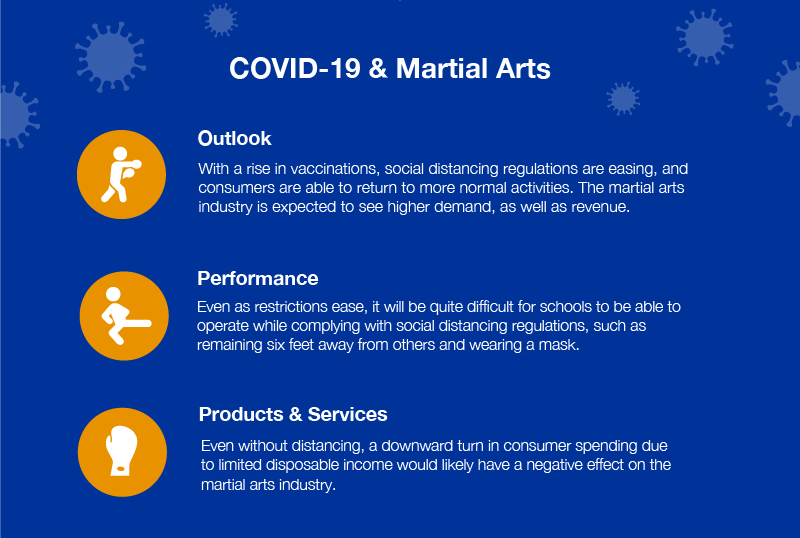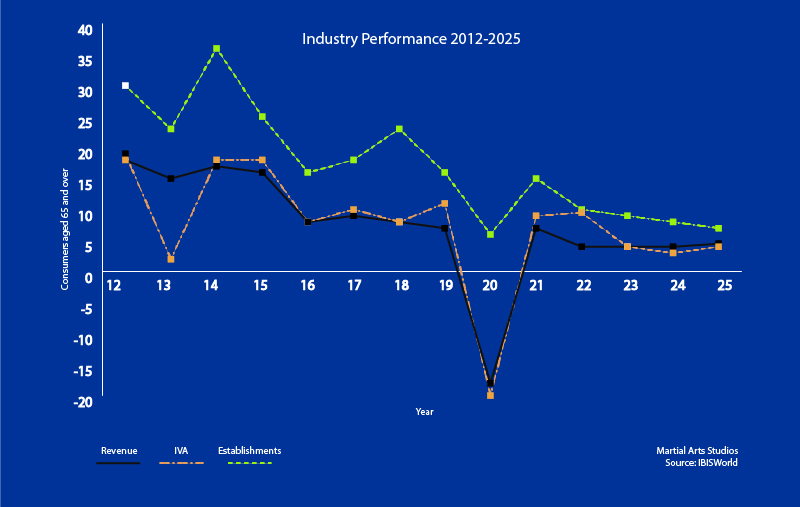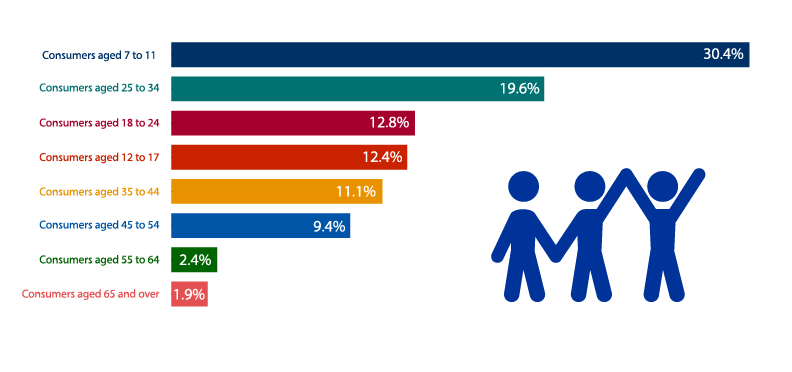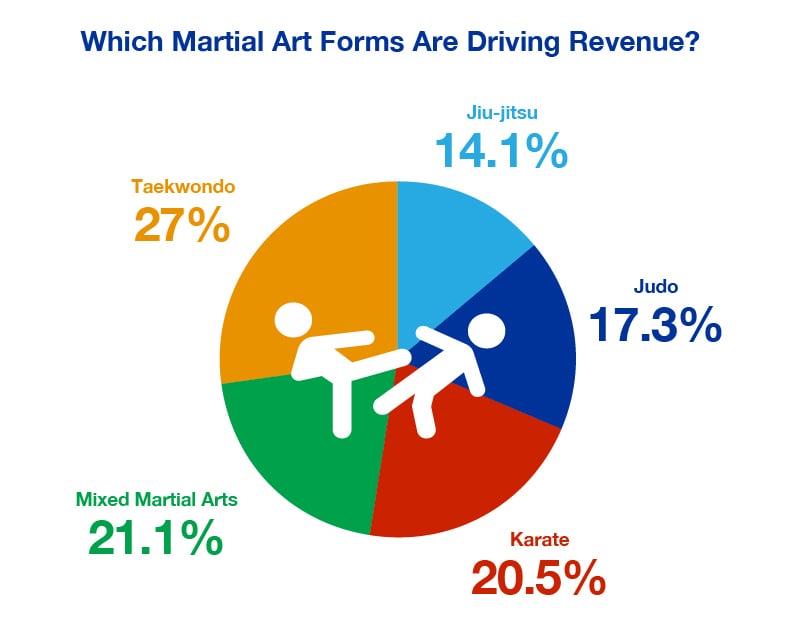The Latest Science on Flexibility in Martial Arts
Flexibility is a vital part of martial arts training. High levels of flexibility allow taekwondo artists to kick high and jiu-jitsu artists to be highly mobile and efficient, while reducing the risk of injuries for all students.
Though most martial arts focus on static stretching due to their respective traditions, the latest science finds that dynamic stretching has significantly more positive potential. Moreover, evidence also shows that static stretching may temporarily reduce strength in the affected muscles.
Taking these findings into account, here’s our breakdown of how to use scientific data to optimize stretching, in and outside of the dojo.
Types of Stretching
Static stretching involves holding a particular stretch for a set period of time, usually between 10 and 30 seconds. This is the most common form of stretching found in martial arts studios, as it tends to reflect the traditions of many martial arts. These stretches are easy and safe to learn and perform, even for beginners.
Dynamic stretching is accomplished by moving through a challenging range of motions repeatedly, requiring greater physical and mental coordination. While some newer schools may perform dynamic stretching, the majority of schools still use static stretching more prominently.


Static vs. Dynamic
When comparing static and dynamic stretches, recent scientific discoveries find that dynamic stretching is more effective for increasing range of motion. Studies also reveal that dynamic stretches have far less of a reduction in your reactive strength and performance than static stretching. Especially when performed before training, dynamic stretching has a significant advantage when compared to static stretching.
Other studies have deliberately tracked the period for which muscles are weaker, further highlighting the importance of timing your static stretches. Most experts now recommend that athletes focus on dynamic stretches, as opposed to static stretches. So if you've been contemplating the transition from static to dynamic stretching, now's the time to update your warm-up routine.
Pre and Post-Class Routines
To make the most of the latest science on flexibility, we recommend adapting your pre-class or training stretches and warm-ups to utilize only dynamic stretches. This will help keep your students performing at their physical best during class and training, while improving their flexibility more effectively than static stretching.
To end the class, static stretches can still be a helpful means to warming down and staying limber; just keep in mind when that student is training next, as you want to keep a 24-hour buffer between static stretches and training. You can learn more about how to incorporate dynamic stretching into your martial arts classes with this article from the Black Belt Wiki.







